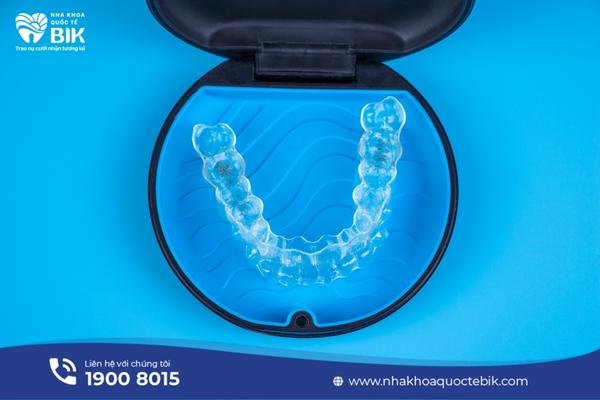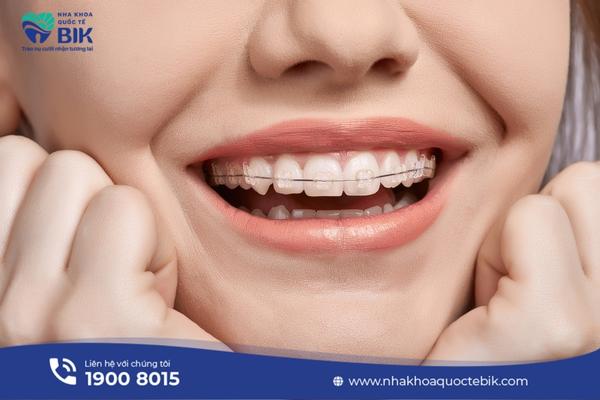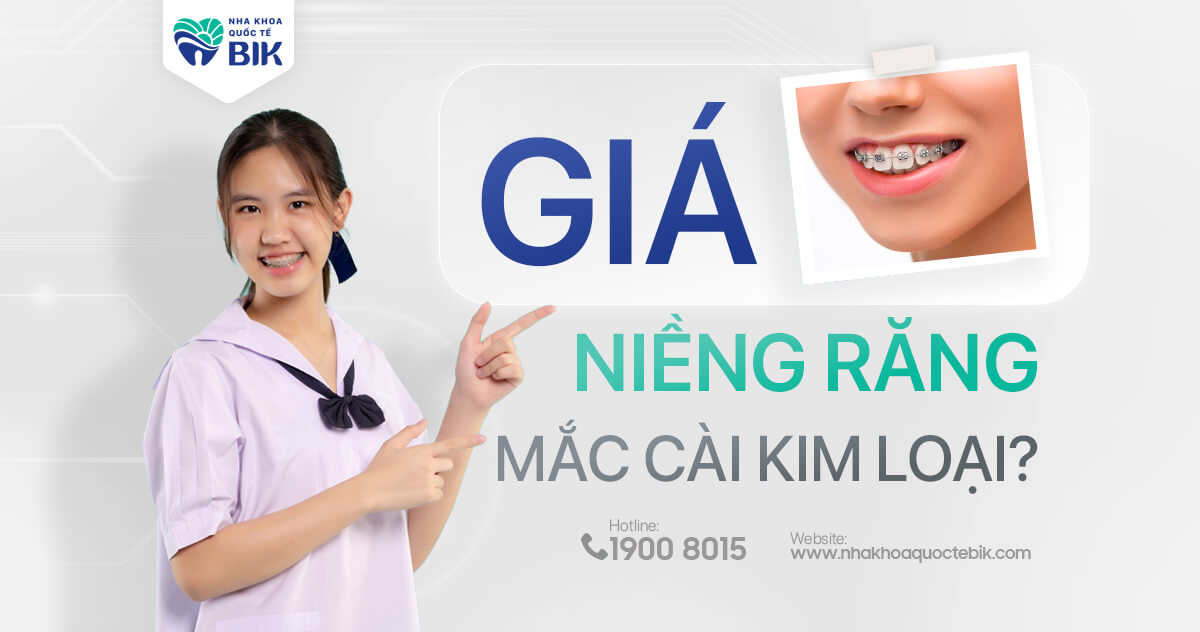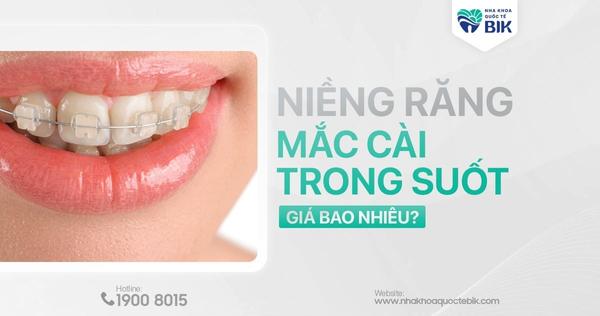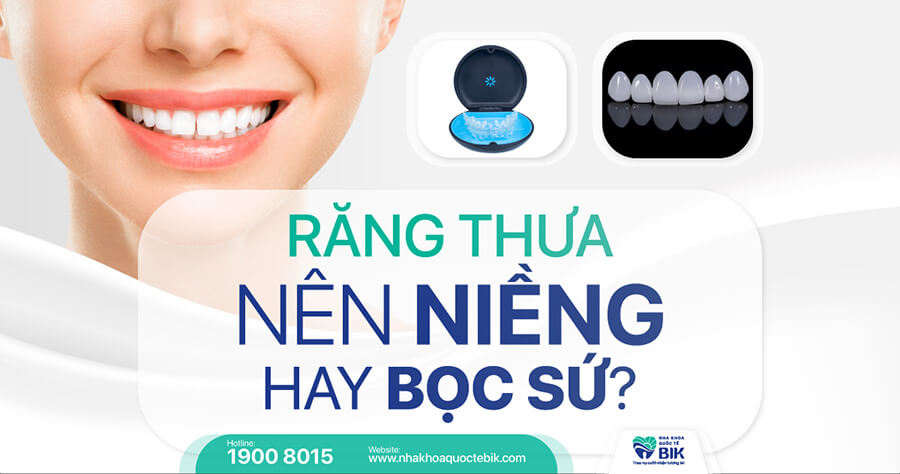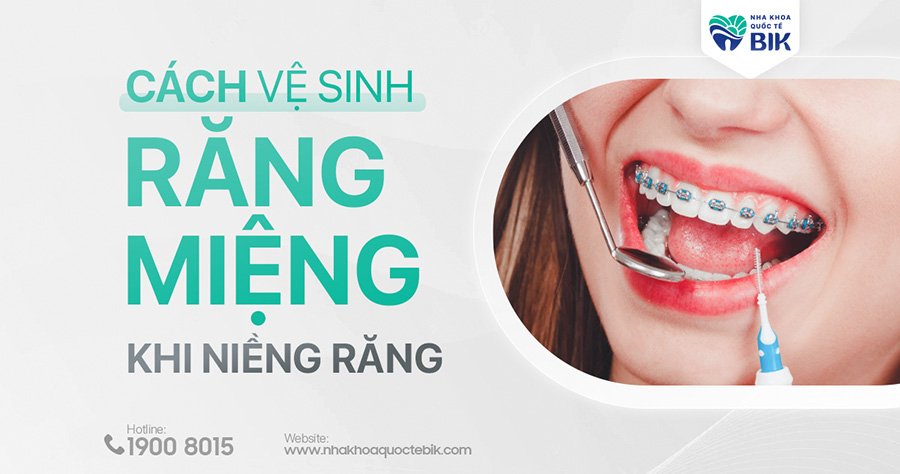Tooth extraction is something that should be limited in the dental field, however, there are unavoidable cases such as tooth decay, pulpitis, trauma, fracture and especially when braces remove tooth number 4. In the following article, we will learn about this issue.
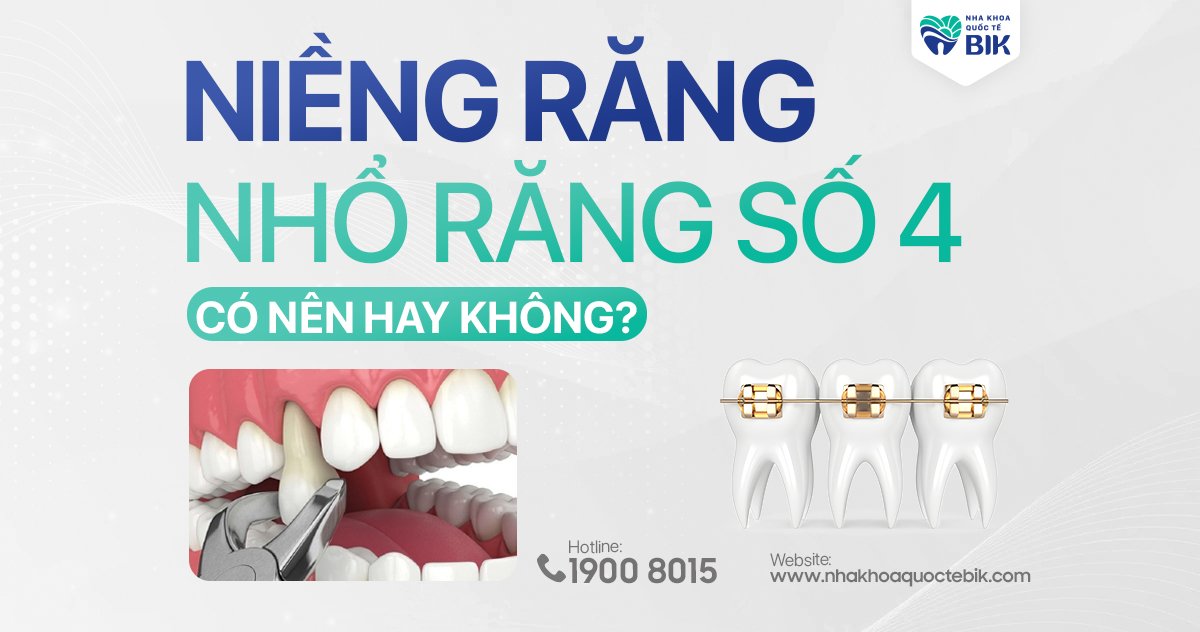
What is tooth number 4 in dentistry?
The structure of the human jaw consists of 5 main types of teeth including wisdom teeth, large molars, small molars, canines and incisors. Tooth number 4 is usually located in the small jaw (small molar), a complete dental set will include these 4 teeth.
Tooth number 4 is often shaped like a spear, with a pointed tip, angular surfaces and sharpness. Therefore, this type of tooth is often used to bite, tear and grind food like canines and molars.
When should braces remove tooth number 4?
One of the basic principles in dental treatment is to protect real teeth as best as possible, only when there is no other way should tooth extraction be considered. Below are some situations that doctors need to consider and decide to remove tooth number 4 when braces.
- The tooth is severely decayed, spreading to the entire body and root of the tooth, causing severe pain, reducing chewing function.
- Patients with severe pulpitis or periodontitis need immediate intervention.
- The tooth has an abscess and a large infection at the root, leading to a loose condition, tooth number 4 is no longer stable in the jaw.
- When the dentist needs to extract tooth number 4 to adjust the teeth or create space for other teeth to move, improving the beauty of the mouth.
- In case the tooth is broken, cracked, or broken due to an accident or strong impact.
- Tooth number 4 shows signs of dangerous diseases, which can spread to neighboring teeth and affect oral health.
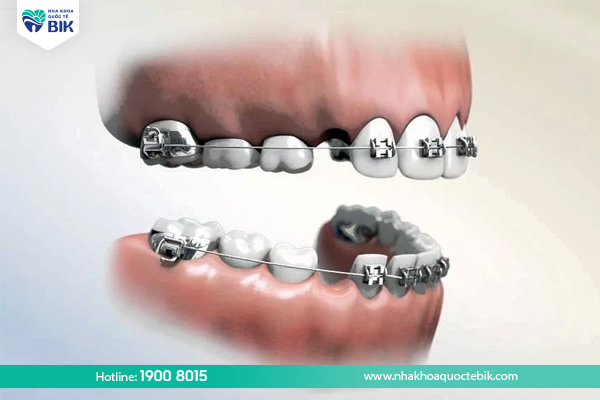
Why is it often recommended to extract tooth number 4 when having braces?
During the process of braces, pressure will continuously affect the teeth to help gradually move the teeth to a beautiful position on the jaw. Because of this, the teeth need to create spaces.
Each tooth on the jaw has its own function: the incisors bite food, the premolars tear food, the molars chew and grind food. If the teeth are even and beautiful, the teeth function properly, creating a standard bite for the jaw.
However, if the teeth are misaligned, the teeth will be uneven and the bite will be misaligned. Therefore, braces are currently the best method to improve teeth.
When preparing for braces, doctors may recommend tooth extraction to create space for teeth to move. Tooth number 4 is often extracted when braces are applied, because it is smaller and less functional than other teeth. Braces to extract tooth number 4 is the most reasonable approach to close the teeth after completing the braces process.
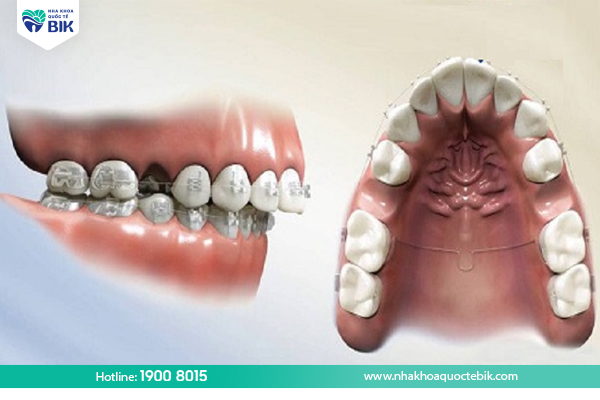
Is it dangerous to remove tooth number 4?
Extracting tooth number 4 can be dangerous, but the impact of this depends on many different factors such as the doctor’s skills, medical equipment, expertise, etc. In fact, if you have tooth number 4 extracted at a reputable dental facility, there is nothing to worry about.
In the past, when technology in the dental field was not yet developed, doctors often used rudimentary tools such as knives, pliers, splints, etc. to extract teeth, which could cause damage to the teeth and mouth and lead to complications. But now, with advances in dentistry, doctors have been better trained and use modern machinery and technology, making the tooth extraction process easier and more accurate. Therefore, you can rest assured when you need to extract tooth number 4 to adjust your teeth!
Does tooth extraction with braces have any effect?
Many people are wondering whether tooth extraction with braces will have any effect, when their teeth are still quite normal and healthy. However, braces will bring many benefits such as improving oral health, helping teeth grow evenly and creating better aesthetic results.
Many people worry that removing tooth number 4 during braces will affect eating, chewing as well as the nerves, causing facial distortion or deviation. However, this procedure is only a minor method in the field of dentistry, safe, quick and does not cause complications later.
After removing tooth number 4, the remaining teeth will move to the correct position and fill the gap left by the extracted tooth. This helps avoid the need to use dentures or worry about bone loss after tooth loss.
Before performing tooth extraction, the doctor will perform tests such as a general oral examination, X-ray, blood type, blood pressure, nerve measurement… After that, the doctor will advise you on the appropriate treatment process, extraction and braces time, cost, recovery process, notes… Therefore, people do not need to worry too much about this surgical process.
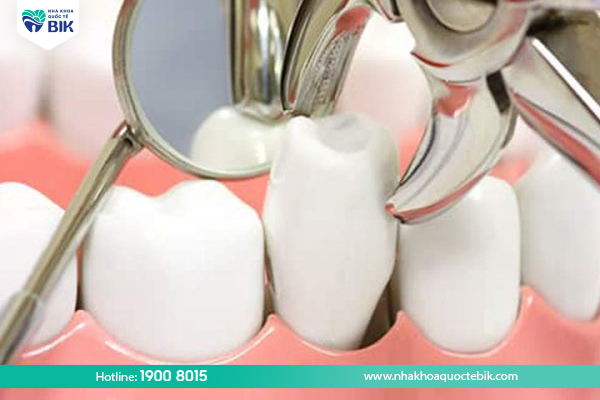
How long does it take for tooth extraction to heal?
Factors such as the dentist’s skills and experience, along with post-extraction care, will affect the healing process of tooth extraction wound number 4. Normally, the tooth extraction wound will heal completely after about 7 – 10 days, but closing the gap left by tooth number 4 depends on the orthodontic treatment plan given by the dentist.
Is it necessary to remove tooth number 4 before braces?
Whether or not tooth number 4 needs to be removed before braces is a question that many people are concerned about before deciding to perform cosmetic braces. This decision depends on each person’s specific condition and the dentist’s treatment plan.
At the dental clinic, X-ray machines will be used to evaluate your entire jaw. Therefore, it is very important to follow the instructions of your doctor and consultant when considering braces to remove tooth number 4. Below are some cases where removing tooth number 4 is necessary to perform cosmetic braces.
- If tooth number 4 is severely protruding, buck-toothed or underbite: Removing tooth number 4 will help create space for other teeth to move and keep the bite stable. This will help improve the position of the front teeth and create overall balance for the teeth.
- When the 4th tooth grows in a messy, crooked way: This happens when your jaw is too small, there is not enough space for all the teeth to grow in the right position, causing crowding and unevenness. In this case, tooth extraction is necessary to prepare for braces and improve the position of the other teeth.
- Major malocclusion problems may also require tooth extraction to improve tooth movement and avoid overlapping or misaligned teeth.
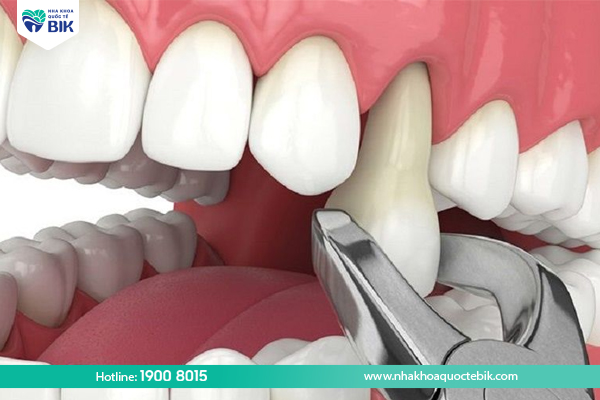
The decision to extract teeth and braces depends on each person’s specific condition and the doctor’s advice.
However, in some cases such as congenital tooth loss, tooth decay or pulpitis, tooth extraction number 4 may not be necessary. As well as in the case of sparse teeth or existing gaps, tooth extraction number 4 is not necessary when braces are applied. An underbite is a condition where the dental arch is shorter than the jaw, causing the teeth to sink inward. The purpose of braces in this case is to pull the dental arch out to balance the jaw without having to extract tooth number 4.
For children who have not completed the process of changing their baby teeth, the doctor will also not extract tooth number 4. The reason is that the jaw still has a lot of space, the teeth are still young and easy to adjust.
Hopefully, the information about braces and tooth extraction number 4 from BIK International Dental Clinic will help you better understand the orthodontic process, and not worry when the doctor makes a decision about tooth extraction. If you have any questions, please leave a comment or contact us via hotline 19008015.

